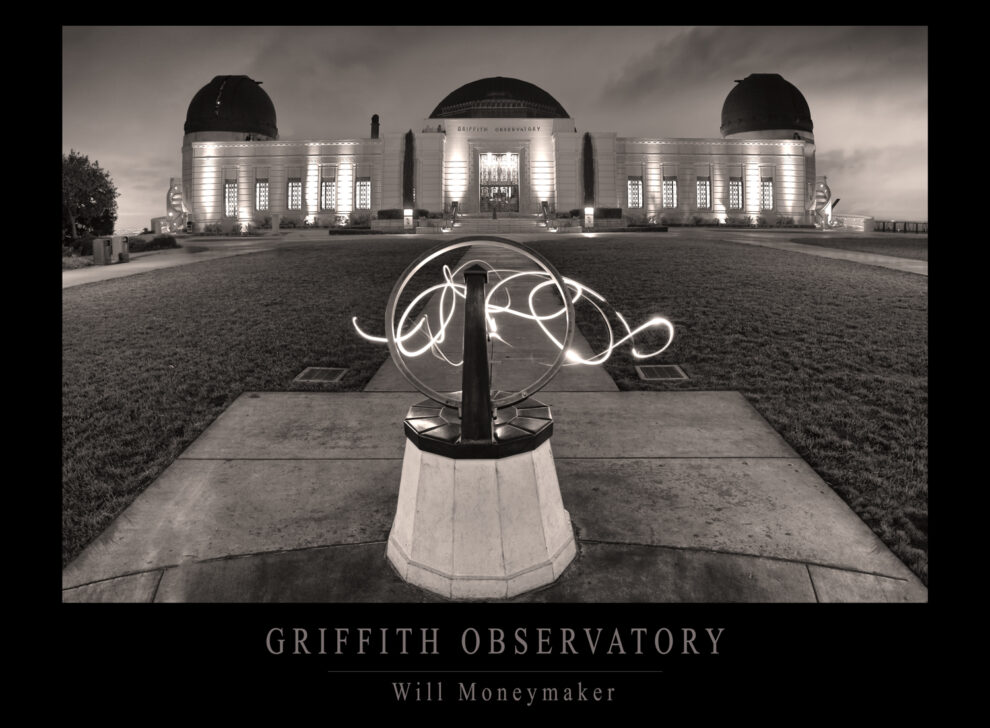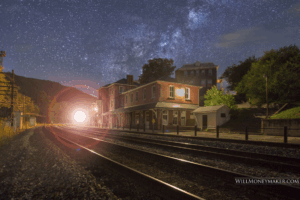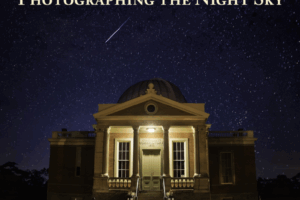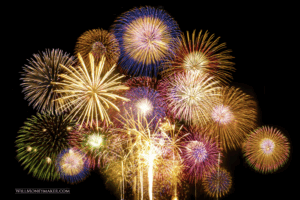Long exposure landscape photography is a great way for new enthusiasts to get familiar with shutter speeds, aperture settings, and equipment use. It also provides plenty of opportunities for photography veterans to experiment with creative possibilities beyond the standard point-and-click scenario. Keep these tips in mind when you start experimenting with long exposure landscape photography.
Tripods are a Necessity
Taking long exposure photographs requires stability, and stability usually means tripods. When exposure times can stretch from seconds to minutes, even the smallest motion in the camera could potentially destroy a shot. Your tripod of choice needn't be super heavy or loaded with bells and whistles; it simply needs to be sturdy. If you're new to photography and don't yet have a tripod, fear not! You can still take long exposure photographs, as long as you're able to set the camera on a solid, sturdy surface while doing so. I've tried many tripods over the past few years and I have found that the Feisol CT3442 is one of the best out there. It's a well-built tripod that gives you the ability to get down low since it doesn't have a center column. With the Really Right Stuff ballheadattached will make this system a must for any landscape photographer.
Use a Cable Release or Camera Timer
Even the slight movement caused by depressing the shutter button will show up in long exposures, so it's usually necessary to use a cable release or set the camera's self-timer to start the shot. Using a release can be tedious if it's a very long exposure that requires you to hold the release button down continuously, so consult your camera's features to see if they include a timed-shot ability that will automatically keep the shutter open for a specified period.
Get to Know ND Filters
Light levels increase with exposure times, so it's very easy for elements of the photo to start getting blown out during long exposures, even at night. To mitigate this, it's often necessary to use Neutral Density (ND) Filters, which decrease the light levels entering the lens. Getting an intuitive feel for which filter to use and when is a matter of experience and time. Here is the relationship between f-stops and ND ratings.
- 1 stop = 21 = 2 = ND2
- 2 stops = 22 = 2 x 2 = 4 = ND4
- 3 stops = 23 = 2 x 2 x 2 = 8 = ND8
- 4 stops = 24 = 2 x 2 x 2 x 2 = 16 = ND16
- 10 stops = 210 = 2 x 2 x 2 x 2 x 2 x 2 x 2 x 2 x 2 x 2 = 1024 = ND1024
Experiment with Motion over Time
The ultimate goal of long exposure photography is capturing motion within the frame, but that motion can take many different forms and will grow less distinct as exposure times increase. Shooting waterfalls, rivers, and waves is a great way to start exploring these visual relationships.
Shorter exposure times will keep the details of the motion intact, making it clear what's moving and where. Longer exposure times can blur out the individual sources of motion, and begin to yield a more ethereal effect that can add atmosphere to a landscape.
If you would like to learn more about long exposure waterfall photography please visit my page by clicking here.
Play with Light
Painting with light has become a popular form of creative expression with many photographers, and it can be a great way to put a personal stamp on a landscape shot. The key here is to move fast and keep the source of light bright while keeping yourself dark. If you're strolling through the frame wearing a bleached white t-shirt, you're more likely to appear in the final exposure than if you're moving through it briskly while wearing dark clothes. Along with drawing patterns or shapes in the air, try experimenting with ways to emphasize depth and perspective in the picture, or draw attention to objects in the frame at different distances.
Above All, Have Fun!
Long exposure photography is all about experimentation over stretches of time. Forget about the pressures inherent in fast-paced shooting, and embrace the chance to relax, play around, and try different combinations of techniques and camera settings. At the end of the day, every long exposure shot is a matter of guesswork about what the final result will be, so don't be afraid to fail while exploring the possibilities.





